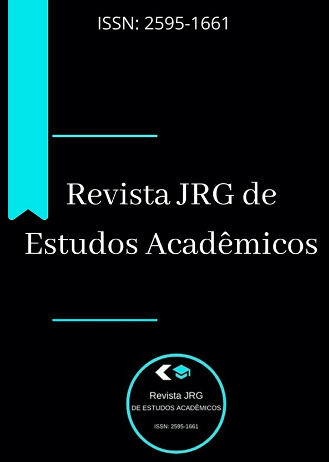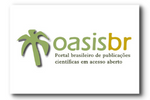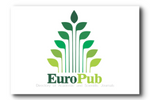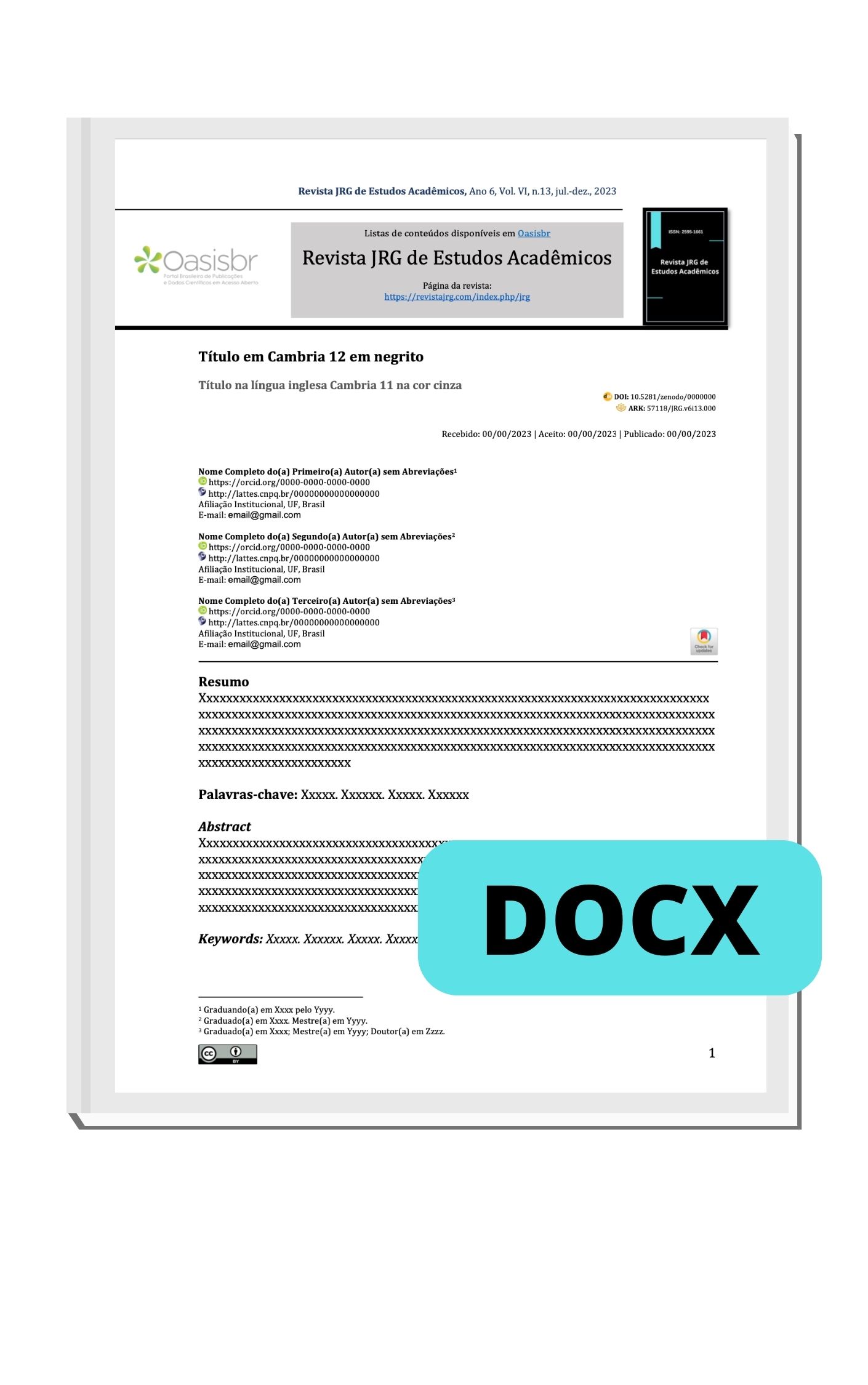TEOBROMINA, SUBSTÂNCIA ENCONTRADA NO CACAU
DOI:
https://doi.org/10.5281/zenodo.4450841Palavras-chave:
ALCALOIDES. TEOBROMINA. CACAU.Resumo
Os alcaloides nitrogenados da família metil xantina são derivados de bases púricas e das xantinas, as principais são a cafeína, teobromina e teofilina. Teobromina uma metil xantina bimetilada tem caráter menos básico que a cafeína podendo ser solubilizada em álcool, solventes orgânicos clorados e água podendo ser encontrada e isolada no cacau e derivados ou como resultado do metabolismo da cafeína, responsável por a sensação de bem-estar e prazer. Sendo que se têm estudos desde os anos de 1536 que os espanhóis utilizavam medicinalmente como tratamento de várias doenças. É um alcaloide natural muito ingerido e apresenta inúmeros efeitos farmacológicos em andamento em vários estudos desenvolvidos principalmente ação no sistema nervoso central. Para esse trabalho foi analisado amostras de chocolate em pó industrializado para verificar a presença desse composto e quantificado se realmente há quantidade pré-estabelecida em sua embalagem usou um padrão conhecido e foi comparado o resultado, através da espectrofotometria. Para quantificar as amostras foi usado o espectrofotômetro UV- Vis e para construção de uma curva de calibração, utilizou um padrão de teobromina em 5 concentrações diferentes. Foi desenvolvido em triplicatas para confirmação de análises, e fazer um comparativo de todos esses dados através de tabelas com média e desvio padrão.
Downloads
Referências
(1) Salva TJG. Relação entre os teores de teobromina e cafeína em grãos de café oriundos de cruzamentos entre cafeeiros mutantes ac e cultivares elites. IX Simpósio de Pesquisa dos Cafés do Brasil. Curitiba, Jun. 2015.
(2) Amaechi BT, Porteous NB, Ramalingam K, Mensinkai P, Ccahuana Vasquez RA, Sadeghpour A. et. al. Remineralization of artificial enamel lesions by theobromine Carie Res. 2013;(4):399-405.
(3) Verma A, Khurshid S, Parveen F, Khanna S, Pandey P. Remineralization: An approach towards conservation of tooth. Journal of Evolution of Medical and Dental Sciences. 2015 Jul. 4(61):10713-19.
(4) Nakamoto T, Simmons WB Jr, Falster AU. forming systems: Methods and products. United States patent US 6183711. 2001 Feb. 06.
(5) MATISSEK, R. Evaluation of xanthine derivatives in chocolate – nutricional and chemical aspects. Z. Lebensm. Unters. Forsch., Munich, v. 205, n.3, p. 175- 184, 1997.
(6) ZOUMAS, B. L.; KREISER, W. R.; MARTIN, R. A. Theobromine and caffeine content of chocolate products. J. Food Sci., Tokyo, v. 45, p. 314-316, 1980.
(7) LANNES, S. C. S. Estudo das propriedades fisicoquímicas e de textura de chocolates. São Paulo, 1997. 175p. (Tese de Doutorado. Faculdade de Ciências Farmacêuticas. Universidade de São Paulo).
(8) KUMAZAWA, T.; SENO, H.; PEN-LEE, X.; ISHII, A.; SUZUKI, K. W.; SATO, K.; SUZUKI, O. Extraction of methylxanthines from humans body fluids by solid-phase microextraction. Anal. Chim. Acta, Amsterdam, v.387, n.1, p.53-60, 1999.
(9) STAVRIC, B. Methylxanthines: toxicity to humans III. Theobromine, paraxanthine and the combined effects of methylxanthines. Food Chem. Toxicol., Oxford, v.26, n.8, p.725-733, 1988.
(10) KURIBARA, H. Enhancement of the behavioral toxicity induced by combined administration of ethanol with metilxanthines: evaluation by discrete avoidance in mice. J. Toxicol. Sci., Tokyo, v. 18, n.2, p.95-201, 1993.
(11) KURIBARA, H.; ASAHI, T.; TADOKORO, S. Behavioral evaluation of psycho- pharmacological and psychotoxic actions of methylxanthines by ambulatory activity and discrete avoidance in mice. J. Toxicol. Sci., Tokyo, v. 17, n.2, p.81-90, 1992.
(12) ETENG, M. U.; EYONG, E. U.; AKPANYUNG, E. O.; AGIANG, M. A.; ARENU, C. Y. Recent advances in caffeine and theobromine toxicities: a review. Plant Foods Hum. Nutr., Dordrecht, v.3, n. ?, p.231-243, 1997.
(13) http://www.scielo.br/pdf/rbcf/v40n3/17. (14) https://pt.wikipedia.org/wiki/Teobromina
Downloads
Publicado
Como Citar
Edição
Seção
Licença

Este trabalho está licenciado sob uma licença Creative Commons Attribution 4.0 International License.










































